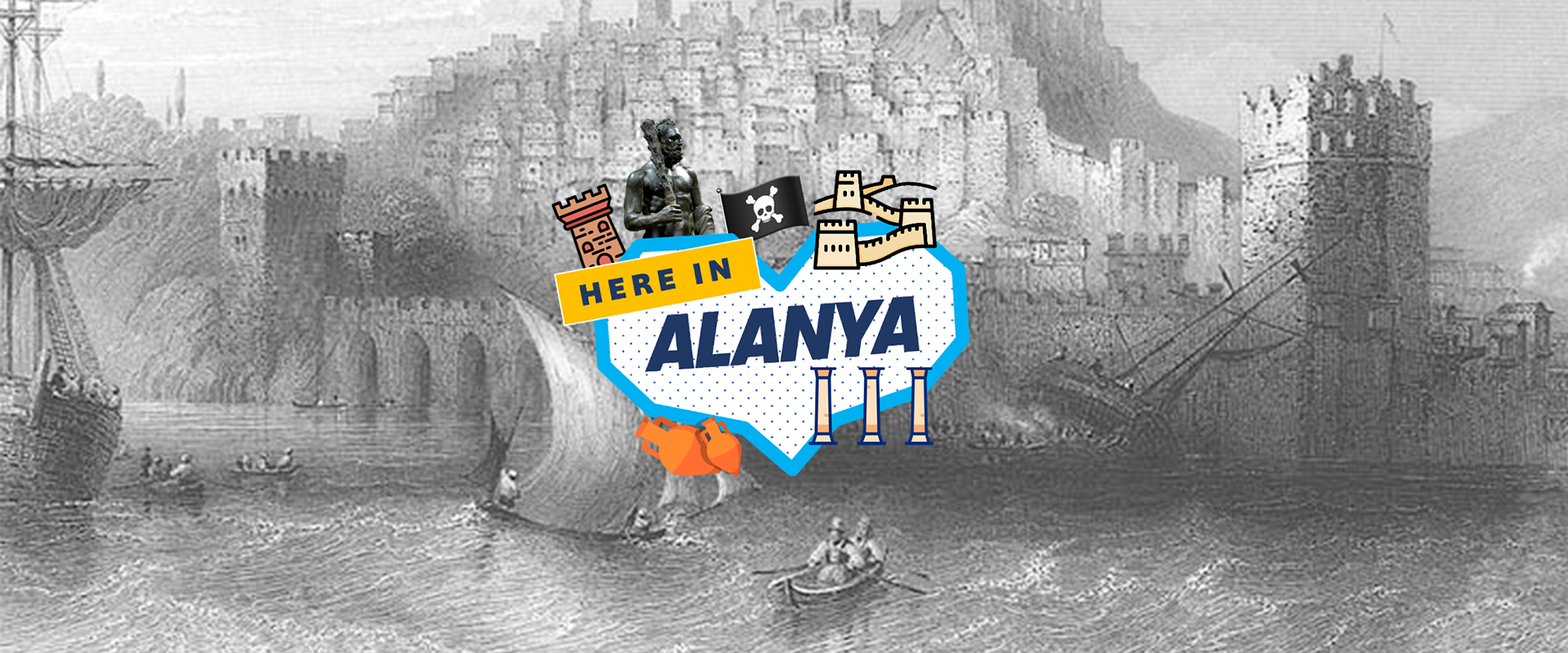Legendary Figures Left Their Marks here in Alanya
Throughout its remarkable history, Alanya has attracted some of the most fascinating figures from the ancient and medieval worlds. From pirate kings and Egyptian queens to Ottoman admirals and famous travelers, this Mediterranean jewel has witnessed the ambitions, romances, and adventures of personalities whose stories continue to captivate visitors today.
These historical figures didn't merely pass through Alanya—they fundamentally shaped its character, leaving behind architectural monuments, romantic legends, and detailed accounts that provide invaluable insights into different periods of this ancient city's development. Their stories reveal how Alanya's strategic location made it a crucial crossroads where East met West, where pirates became kings, and where legendary romances unfolded against the backdrop of Mediterranean splendor.
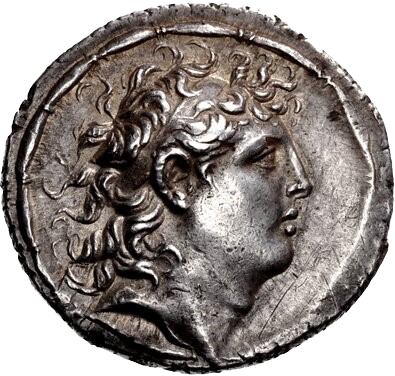
Diodotos Tryphon: The Pirate King Who Built a Fortress
Master of the Mediterranean's Most Powerful Pirates
During the 2nd century BCE, when even the mighty Seleucid Emperor Antiochus III—whose fame spread as far as India—couldn't defeat the Mediterranean pirates, Alanya reached the height of its pirate power under Diodotos Tryphon. This was the first time in history that pirates became a genuine political force, transforming from mere raiders into rulers of their own maritime kingdom.
Tryphon established Alanya as the primary base for pirate operations, where they stored weapons, timber, ropes, nautical equipment, and conducted slave trading activities. The region became so synonymous with piracy that the term "Cilician" came to mean bandit or thief throughout the Mediterranean world, making this area essentially the capital of ancient piracy.
This legendary pirate king may have laid the first official foundations of what is now Alanya Castle, currently on UNESCO's World Heritage Tentative List. Remarkably, the famous fortifications that visitors admire today were originally built to protect stolen pirate treasure from Mediterranean maritime trade rather than defend against external enemies.
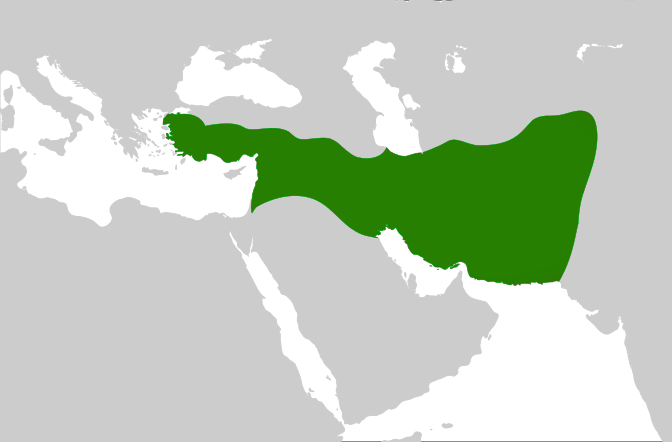
From Pirate King to Imperial Ambitions
Tryphon's ambitions extended far beyond piracy—he dreamed of conquering the entire Seleucid Empire. According to the geographer Strabo, Tryphon won some battles in pursuit of this goal but ultimately lost others. His reign ended when he was killed by Seleucid King Antiochus VII, who was born in Side. After Tryphon's death, pirate activities continued under commanders named Niko and Zeniketes, who launched raids against Syrian and Lebanese coastal cities as well as the Aegean region.
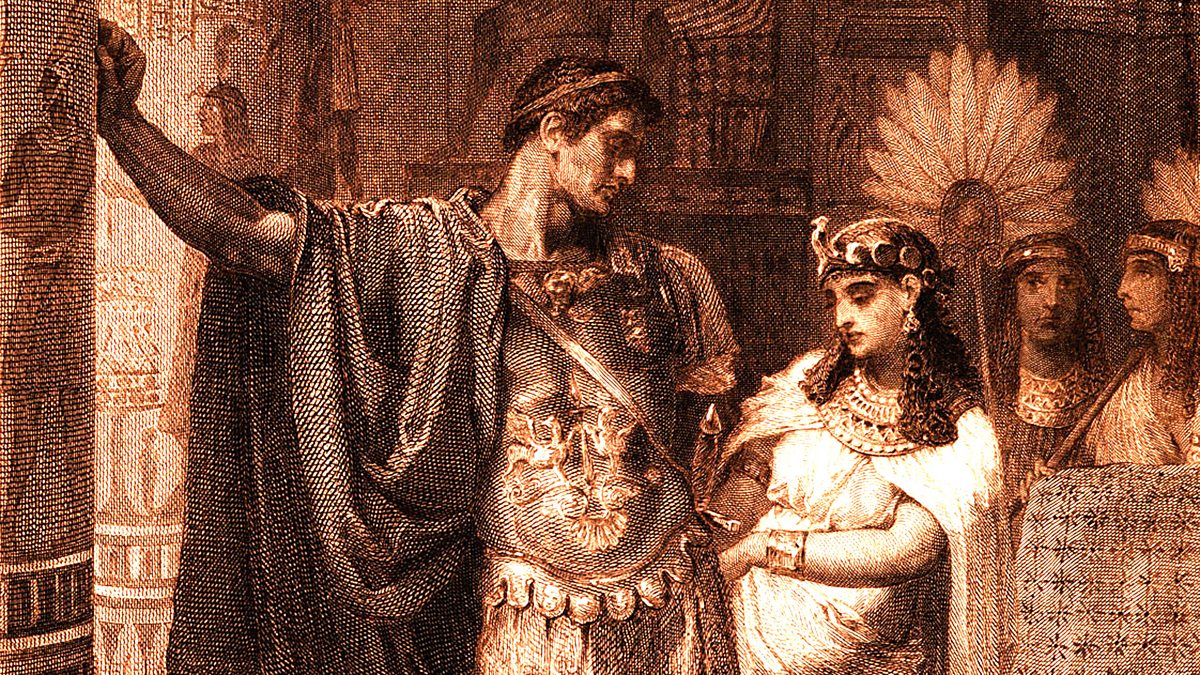
Cleopatra and Marcus Antonius: A Love Story in Paradise
The World's Most Famous Queen Visits Alanya
Cleopatra VII, though officially the seventh Cleopatra of Ancient Egypt, remains the only one known worldwide for her legendary beauty and adventurous life spanning 69-30 BCE. She successfully ruled Egypt during an era when women were excluded from governance, demonstrating remarkable intelligence and talent as a ruler who could manipulate three powerful Roman commanders—Pompey Magnus, Julius Caesar, and Marcus Antonius—for her own political advantage.
Her relationship with Marcus Antonius, ruler of Rome's eastern territories, holds special significance for Alanya. According to historian Pliny, when the couple met in Tarsus, Cleopatra offered Antonius wine with a flower from her crown. As the Roman ruler brought the cup to his lips, Cleopatra stopped him, saying "I could have killed you with the poison I placed on the flower petals," thus beginning their famous romance through both her beauty and her gift of sparing his life.
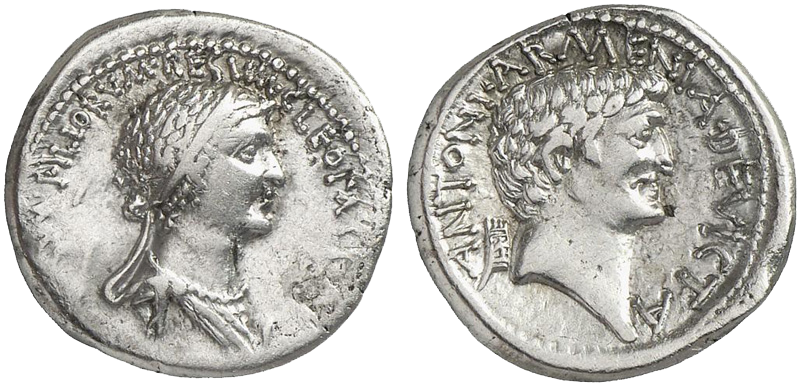
The Gift of Cilicia and Alanya Legends
Historical sources record that Marcus Antonius presented the region of Cilicia, including Alanya, to Cleopatra as a gift. Local legends tell that Cleopatra visited the area with her lover, fell in love with the beach now bearing her name, took some of its sand back to Egypt, and specifically chose cedar trees from this region for use in her ships' construction.
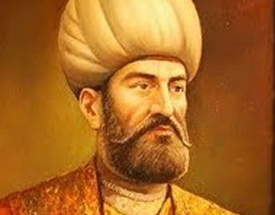
Piri Reis: The Admiral Who Mapped the World
From Pirate to Imperial Admiral
Piri Reis, born in the second half of the 15th century, became one of history's most important maritime figures. After serving as a pirate in the Mediterranean alongside his uncle Kemal Reis, he joined the Ottoman Imperial Navy at the invitation of Bayezid II and achieved the highest naval rank of "Kaptan-ı Derya" (Grand Admiral) during the reign of Selim I.
According to famous historian Katip Çelebi, Piri Reis also served alongside the world-renowned admiral Barbarossa Hayreddin Pasha during his youth, gaining invaluable experience that would later inform his cartographic masterpieces.
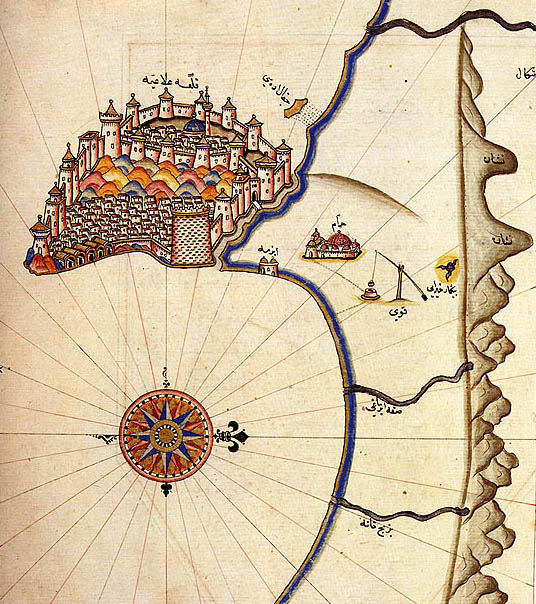
The Master Cartographer's View of Alanya
Piri Reis gained worldwide fame for his meticulously prepared maps, some drawn by analyzing existing data without personally visiting every location. However, we know he drew his map of Alanya during an actual visit to the city. In his famous 1521 work "Kitab-ı Bahriye" (Book of Navigation), which shared crucial information for sailors, he described Alanya with remarkable precision:
The mentioned Alaiye appears thus from the sea, with high mountains behind it containing peaks. Below the central peak lies Alaiye itself. When approaching closely, the castle of Alaiye becomes visible atop the mountain. The mentioned Alaiye resembles an island promontory, entirely mountainous, with the aforementioned castle crowning the summit.
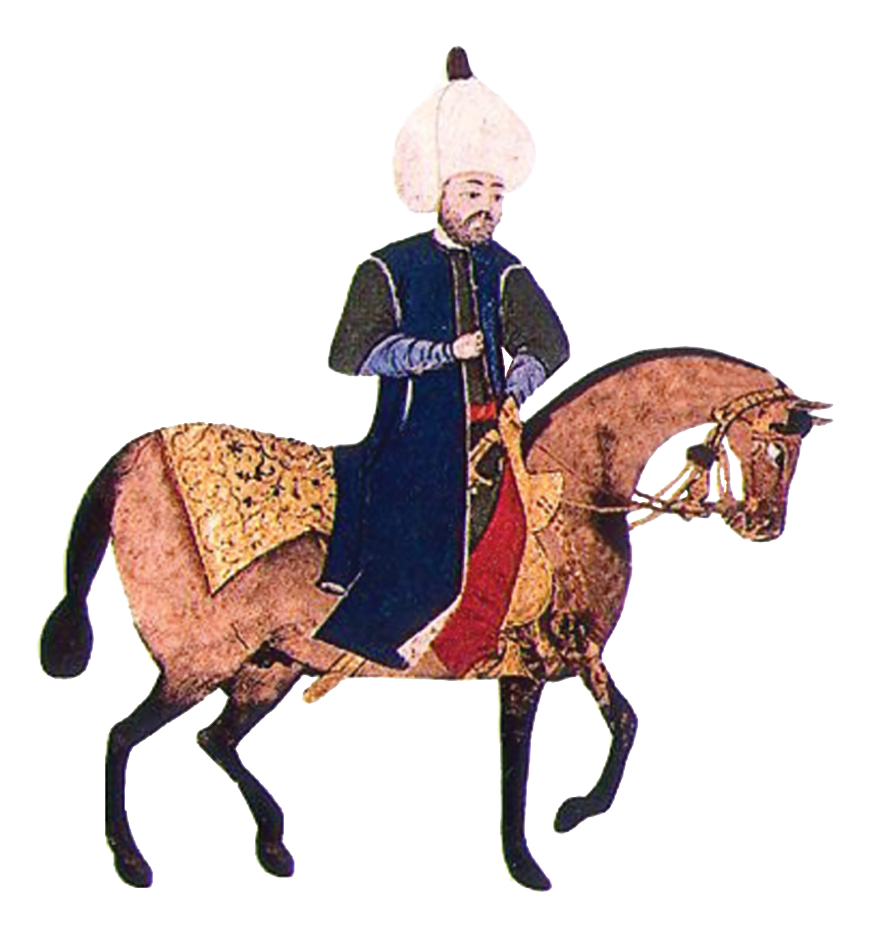
Evliya Çelebi: The Great Ottoman Traveler
A 60-Year-Old Pilgrim's Observations
Evliya Çelebi, the famous Ottoman traveler who visited 257 cities, passed through Alanya in 1671 at age 60 while en route to Mecca for the hajj pilgrimage. As someone who had seen countless remarkable places, he was particularly impressed by Alanya Castle, writing that he had never seen a fortress as magnificent anywhere on earth.
During his visit, Alanya was a sanjak (administrative district) under the Beylerbeyi of Adana, governed by a pasha commanding 3,000 soldiers. Within the castle walls, Çelebi counted six schools, two madrasas, three hans, one bathhouse, and nearly 150 shops, mentioning the Süleymaniye Mosque and the Bedruddin Mosque in the lower section.
Life in 17th-Century Alanya
According to Çelebi's observations, houses at the castle's base were scattered and featured cisterns but no courtyards, with all streets built as staircases. Sour mulberry trees were commonly planted between houses, and the area produced lemons, bitter oranges, pomegranates, olives, figs, and dates, while cypress trees, sesame, and various types of bread were particularly famous.
He described Alanyans as "brave people who wrap turbans over white caps, wear stitched boots to their knees, and carry swords at their waists and rifles in their hands." Çelebi noted an interesting detail about the ruined Seljuk Palace's nearby large cistern, considered sacred by locals who would remove their shoes at the castle gate before coming to collect water when their home cisterns ran dry.
Comments
Leave a commentCleopatra's Cousin
"Cleopatra and Marc Antony could've built their perfect world right here in Alanya, but nooo... they had to go chasing adventures! Should've just chilled in Alanya instead 😜"
